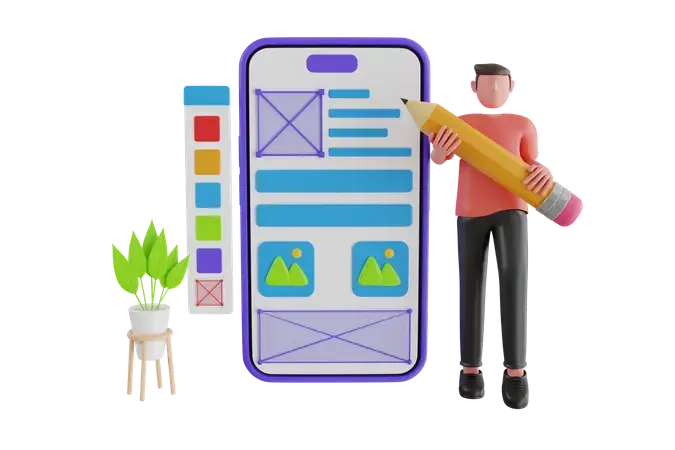Effective UI/UX Design for Seamless User Experiences
Effective UI/UX design is crucial for creating applications and websites that are both visually appealing and user-friendly. UI (User Interface) design focuses on the layout, color schemes, typography, and interactive elements, ensuring that users can easily navigate and interact with the product. UX (User Experience) design focuses on how users feel when interacting with the product, emphasizing functionality, accessibility, and ease of use. A well-crafted UI/UX design ensures every step of the user journey is smooth and intuitive, reducing friction and increasing engagement. It involves deep user research, prototyping, and continuous testing to align design with user needs and business goals. Prioritizing aesthetics and functionality enhances satisfaction, loyalty, and product success.
Features of Effective UI/UX Design

User-Centered Approach
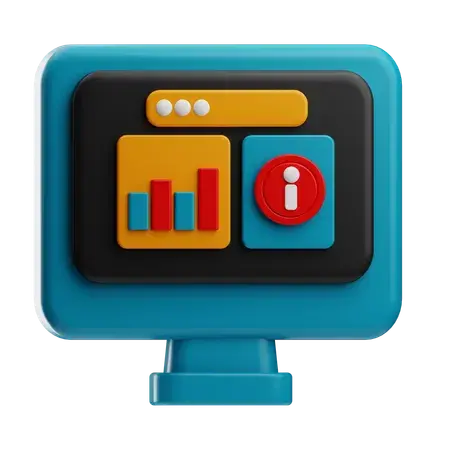
Intuitive Navigation
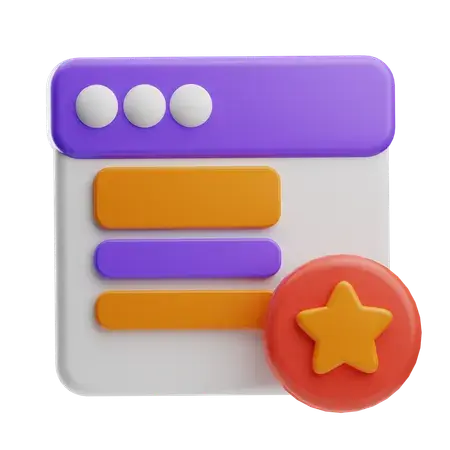
Consistent Design
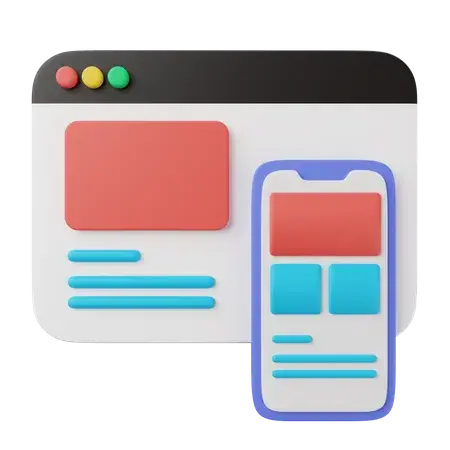
Responsive Design

Clear Call-to-Action (CTA)
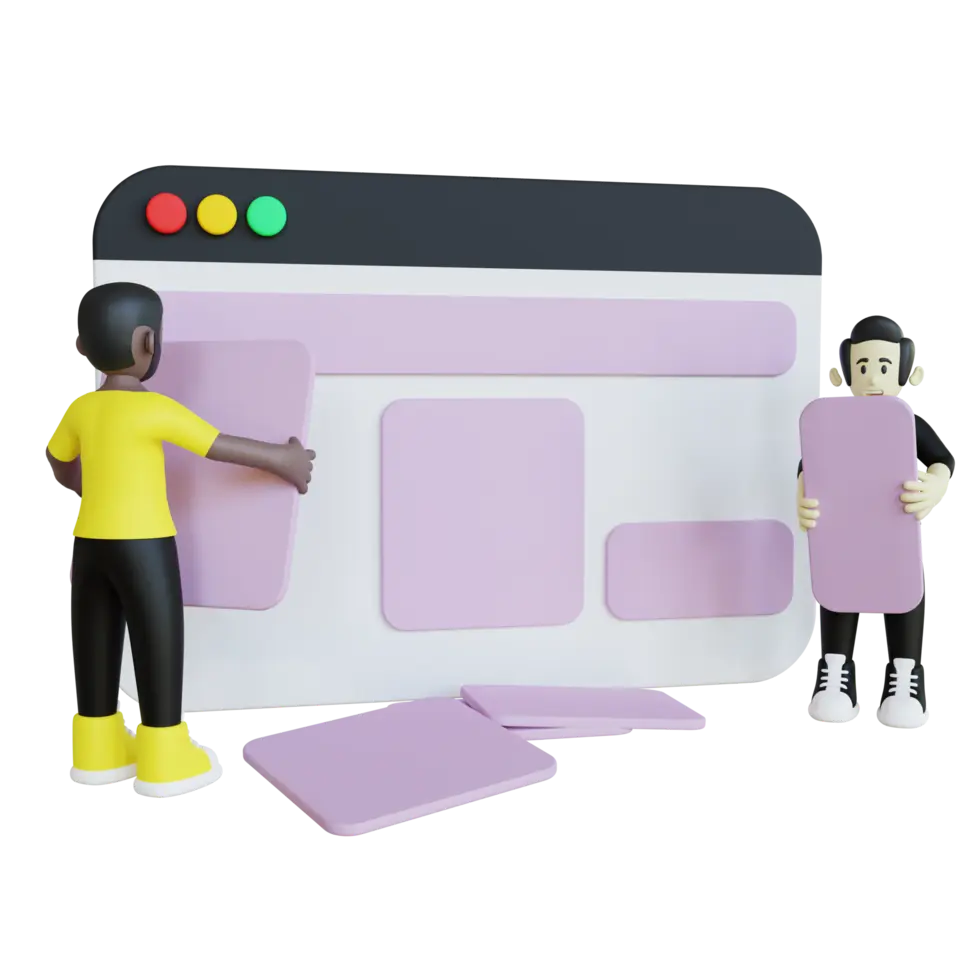
Visual Hierarchy
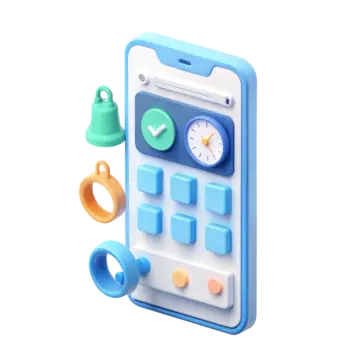
Minimalism

User Feedback
UI/UX Design Process: From Concept to Creation
Research & Planning
The Research & Planning phase is the foundation of an effective UI/UX design process. It begins with understanding the target audience, their needs, behaviors, and pain points. This stage involves conducting user research through surveys, interviews, and usability studies to gather valuable insights. Competitive analysis helps identify trends and gaps, enabling designers to create a unique and user-centered solution. During planning, designers define project scope, goals, features, and functionality, and create personas, journey maps, and wireframes. A thorough research and planning process ensures the final design aligns with user needs, business objectives, and technical requirements.
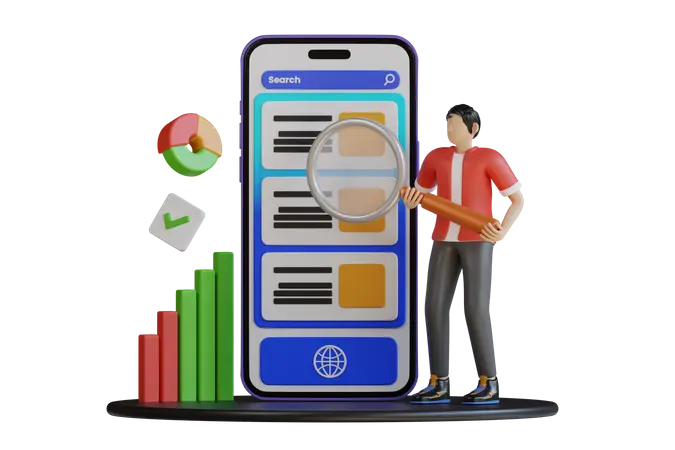
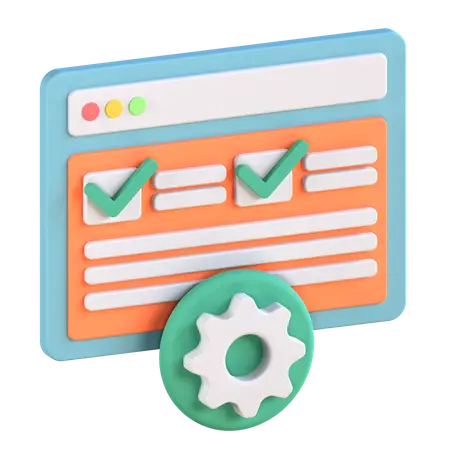
Design, Testing & Iteration
The Design, Testing & Iteration phase brings research and planning to life. It involves wireframes, prototypes, and visual designs based on research insights. Designers focus on layout, color, typography, and interactive elements to ensure visual appeal, functionality, and usability. Usability testing identifies pain points, and feedback refines the design iteratively until it is polished and ready for launch. This ensures a user-centric, efficient, and enjoyable interface delivering an optimal user experience.
FAQ UI/UX Design
UI (User Interface) design focuses on the visual elements and interactive components of an application, such as buttons, icons, and layout. UX (User Experience) design is concerned with how users feel when interacting with the product, focusing on functionality, ease of use, and overall satisfaction.
Good UI/UX design ensures that users have a positive experience with the product, making it easy to navigate, visually appealing, and user-friendly. A seamless experience can lead to higher user engagement, satisfaction, and retention.
The timeline for UI/UX design can vary depending on the complexity of the project. Typically, it can take a few weeks to several months, depending on the scope, design revisions, and user testing.
Common tools for UI/UX design include Adobe XD, Figma, Sketch, InVision, and Axure. These tools help create wireframes, prototypes, and high-fidelity designs.
User research involves gathering insights from real users through surveys, interviews, and usability testing. This helps designers understand user needs, pain points, and preferences, guiding the design process to ensure it aligns with user expectations.
Prototyping allows designers to create interactive models of the interface before full development. It helps visualize the user experience, test functionality, and gather feedback early in the design process.
UI/UX designs are tested through usability testing, where real users interact with the interface. Designers observe how users navigate the product, identify any issues, and gather feedback to improve the design.
Hire Our Expert Team
Get the ideal mix of quality and cost-effectiveness by hiring dedicated professionals for your projects.
Our Tech Expertise!
Discover the depth of our technical prowess spanning across a wide spectrum of tech stacks for your next project.

AngularJS

ReactJS

VueJS
JavaScript

TypeScript

NextJS

NuxtJS
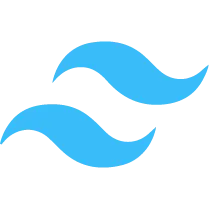
Tailwind CSS

CSS3

HTML5

jQuery

Bootstrap

PHP

NodeJs

Python

Java

MySQL

MongoDB

PostgreSQL

SQLite

MariaDB

DynamoDB

Oracle

Laravel

Codeigniter

Yii

ExpressJS

Django

Flask

Spring Boot

Hibernate

Swift

Java

Objective-C
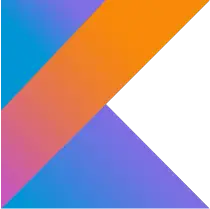
Kotlin

Flutter

React Native

Unity3D

WordPress

WooCommerce

Shopify

Concrete5

Magento

